Engine Oil
If the oil pressure warning light comes on, it means you need to check your engine oul level right away. For more information, see Oil Pressure Gage .
Check your engine oil every time you get fuel. To get an accurate reading, the oil must be warm and the vehicle must be on level ground.
Turn off the engine. Wait 5 minutes. This will give the oil a few minutes to drain back down into the oil pan after you shut the engine. If you don't wait 5 minutes, the oil dipstick will not show the actual level.
Your vehicle's engine oil is very important and it does wear out. The primary purpose of your engine's oil is to lubricate internal moving parts, thus controlling friction and wear.
Engine oil is the principle coolant for the pistons, bearings, crankshaft, camshaft(s), timing chain, etc. It also seals high pressure gases in the combustion chamber, keeps internal engine parts clean and prevents rust and corrosion from forming inside the engine.
The amount of oil you engine consumes depends on how the vehicle is driven, how often the lubricating oil is changed, and the quality and viscosity of the oil. Frequently, your engine will consume more oil when the vehicle is driven at high speeds or during frequent acceleration and deceleration conditions.
Checking Engine Oil
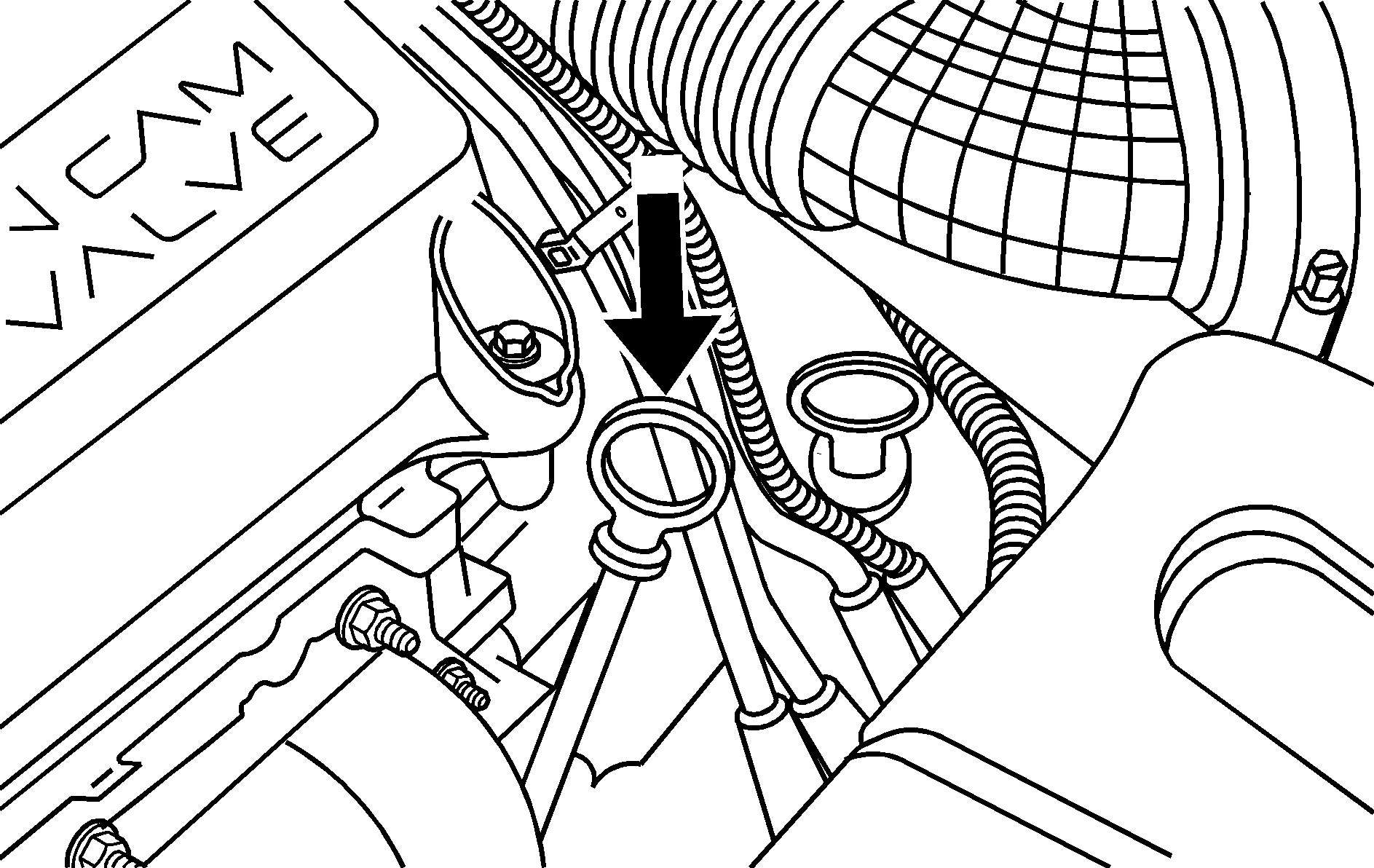
Pull out the yellow dipstick and clean it with a paper towel or cloth, then push it back in all the way. Remove it again, keeping the tip lower, and check the level.
If the engine's oil level is 4.76 mm (3/16 in) above or below the "FULL" line after the engine's oil and filter have been changed, the engine's oil level is correct.
When to Add Engine Oil
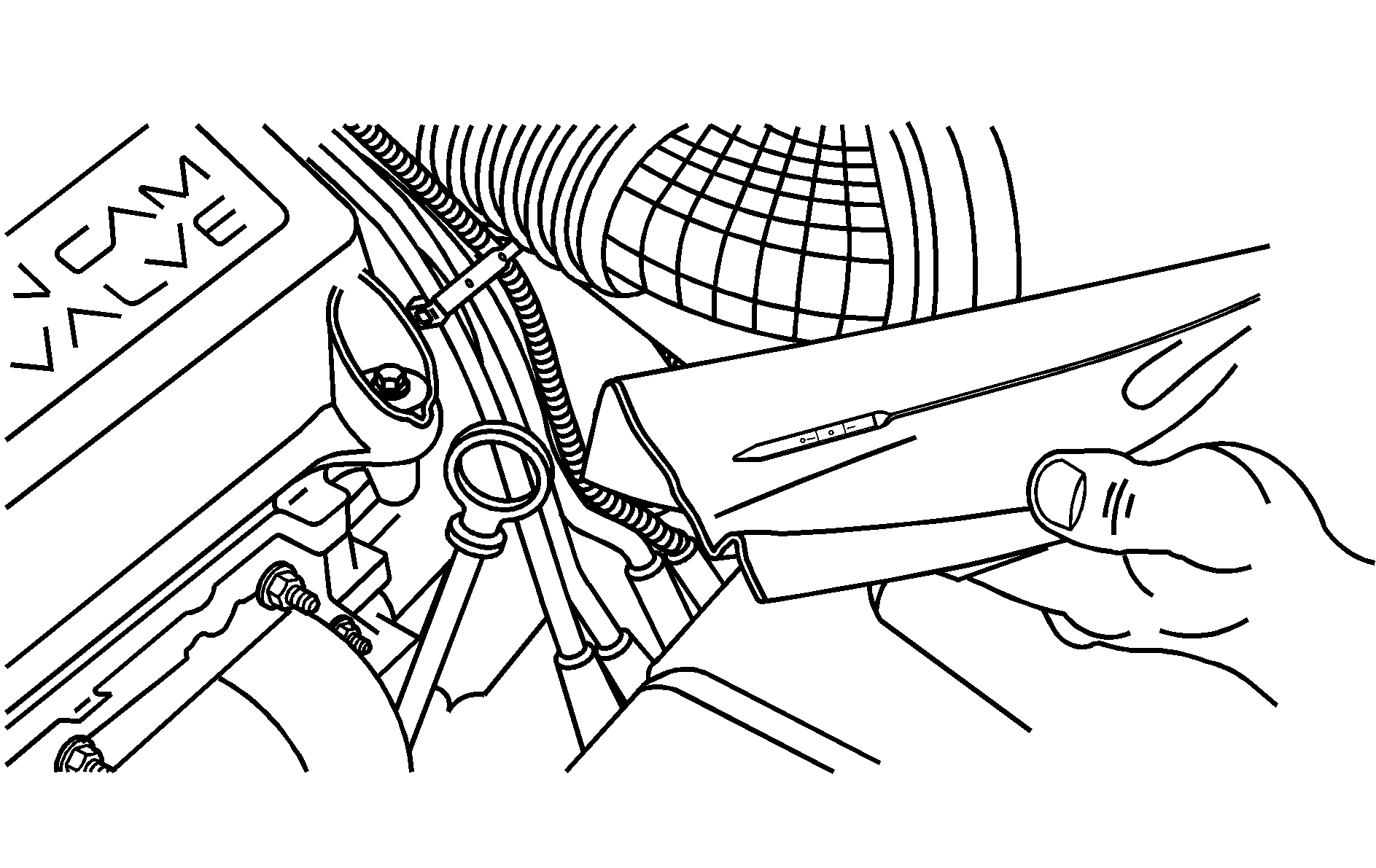
If the oil is at or below the ADD line, then you will need to add some oil. If the oil is at the ADD line, then add one quart (0.95 L) at the oil filler cap. But, you must use the right kind. This section explains what kind of oil to use. For crankcase oil capacity, see Capacities and Specifications .
Notice: Do not add too much oil. If the engine has so much oil that the oil level gets above the upper mark that shows the proper operating range, the engine could be damaged.
What Kind of Engine Oil to Use
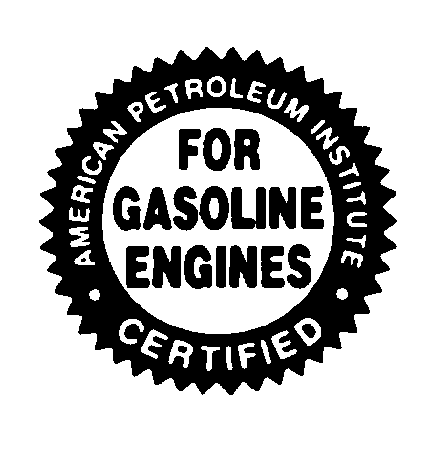
Oils recommended for your vehicle can be identified by looking for the "Starburst" symbol. This symbol indicates that the oil has been certified by the American Petroleum Institute (API). Do not use any oil which does not carry this Starburst symbol.
If you change your own oil, be sure to use oil that has the "Starburst" symbol on the front of the oil container. If you have your oil changed for you, be sure the oil put into your engine is American Petroleum Institute certified for gasoline engines.
You should also use the proper viscosity oil for your vehicle, as shown in the following chart:
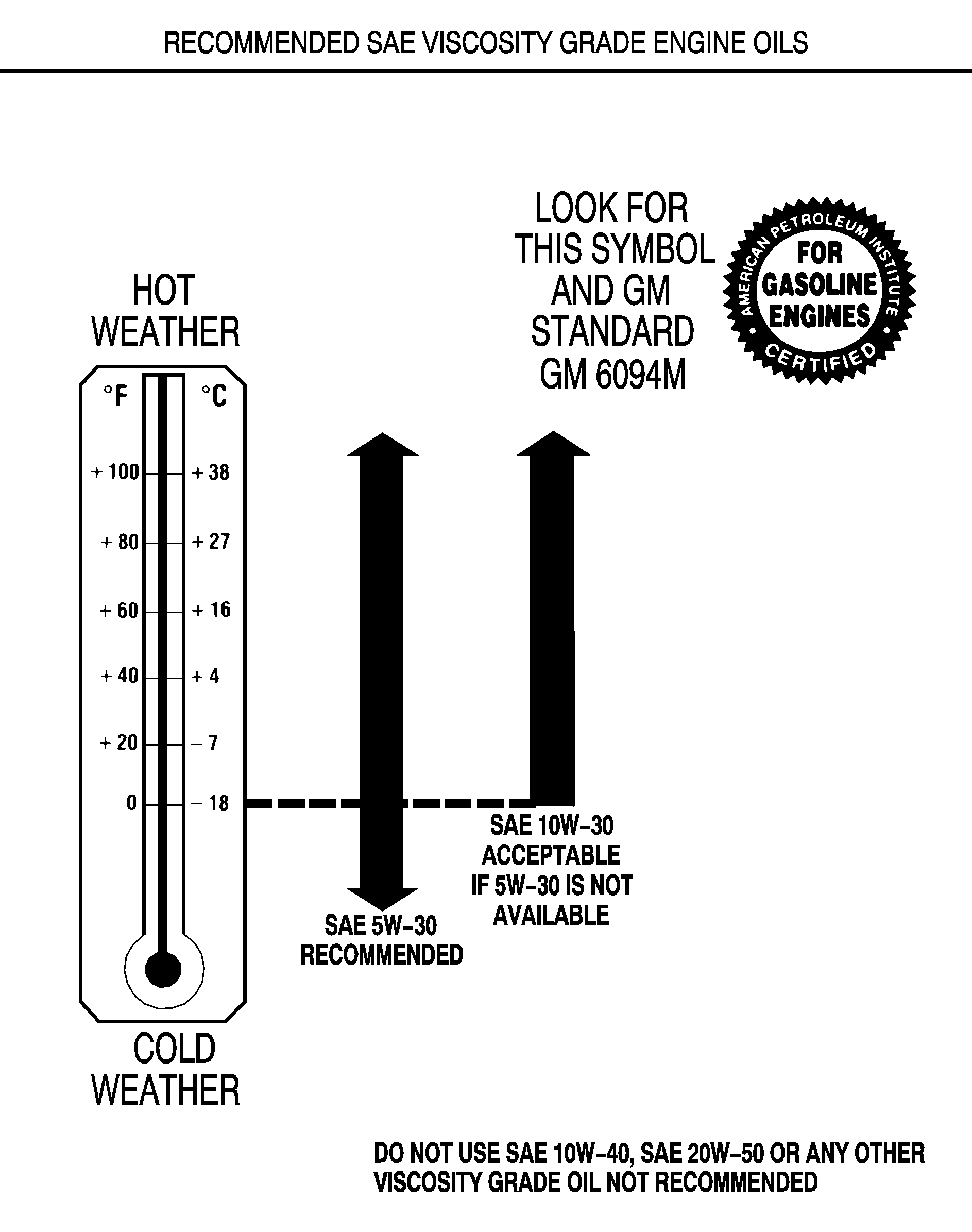
As shown in the viscosity chart, SAE 5W-30 is the only viscosity grade recommended for your vehicle. Your can use SAE 10W-30 if it is going to be 20°F (-7°C) or above. The numbers on an oil container show its viscosity, or thickness. Do not use engine oil with viscosity rating such as SAE 10W-40, SAE 20W-50, and SAE 30 as they do not meet Saturn recommended requirement.
If you are in an area of extreme cold, where the temperature falls below -20°F (-29°C), it is recommended that you use either an SAE 5W-30 synthetic oil or an SAE 0W-30 oil. Both will provide easier cold starting and better protection for your engine at extremely low temperatures.
Engine Oil Additives
Do not add anything to your oil. The recommended oils with the starburst symbol are all you will need for good performance and engine protection.
When to Change Engine Oil
Change the oil and filter at 3 month or 3,000 mile (5,000 km) intervals if the vehicle is usually operated under one of the following conditions:
| • | You drive in dusty areas. |
| • | It's usually very humid outside. |
| • | You frequently tow a trailer or use a carrier on top of your vehicle. |
If none of the operating conditions listed above apply, the oil and filter change must be performed at 6 month internals or when the computer has calculated that the oil needs changing and illuminated the "CHANGE OIL SOON" light.

The "CHANGE OIL SOON" light will remain on after the engine is started and running for about 30 seconds to indicate that an oil change is necessary.
Your vehicle has a computer that lets you know when to change your engine oil. The "CHANGE OIL SOON" light is illuminated based on mileage, engine revolutions and operating temperature.
Each time you change your engine oil, the system must be reset. To find out how to do this, see Resetting the "CHANGE OIL SOON" light.
Always keep a written record of the mileage and date when you change your oil.
Resetting the CHANGE OIL SOON Light
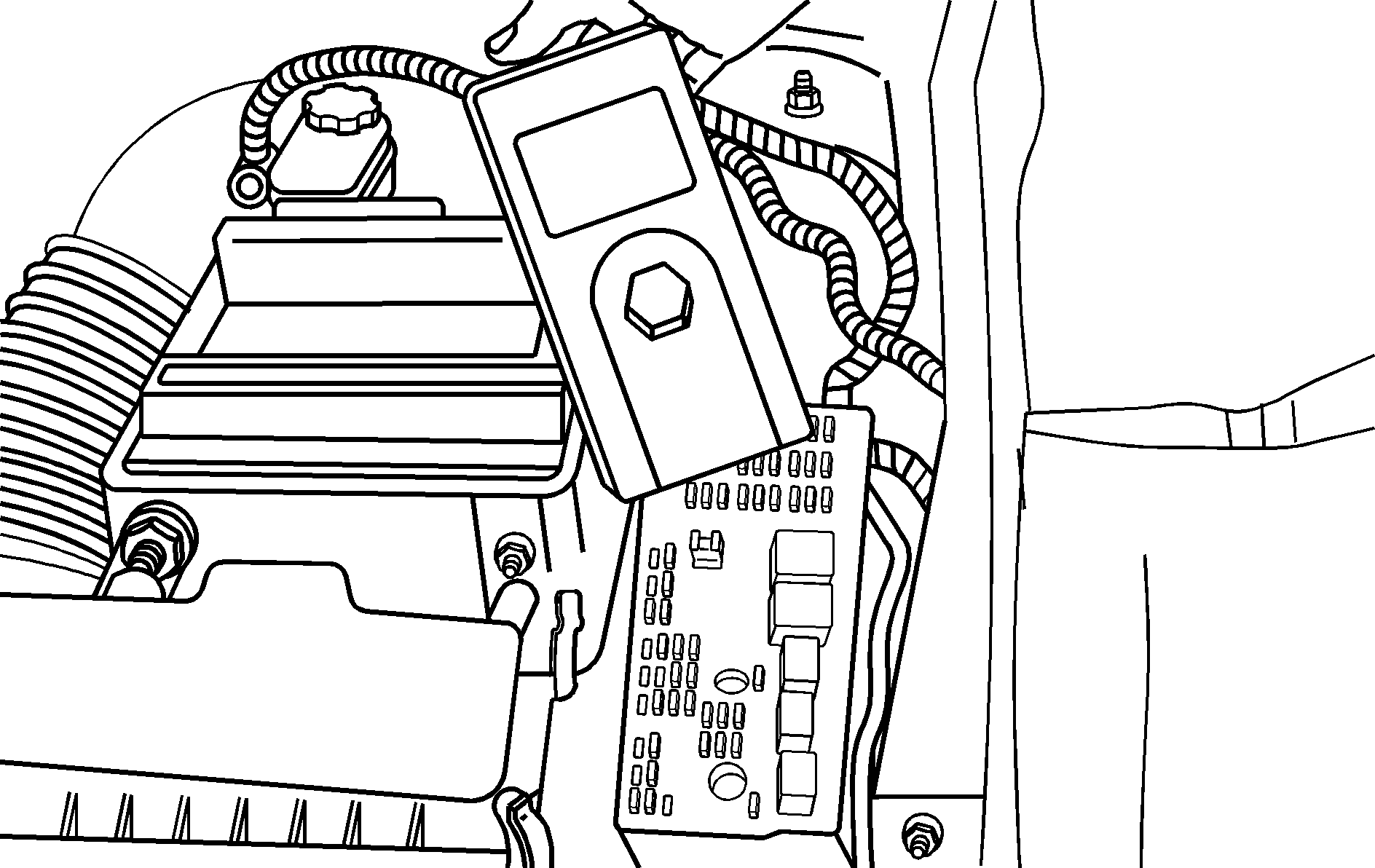
After changing the engine oil, the system must be reset. Here's how to reset the system:
- Remove the cover of the underhood fuse block under the hood.
- With the ignition key in RUN and the engine off, press the red "Oil-R" reset button and hold for 5 seconds.
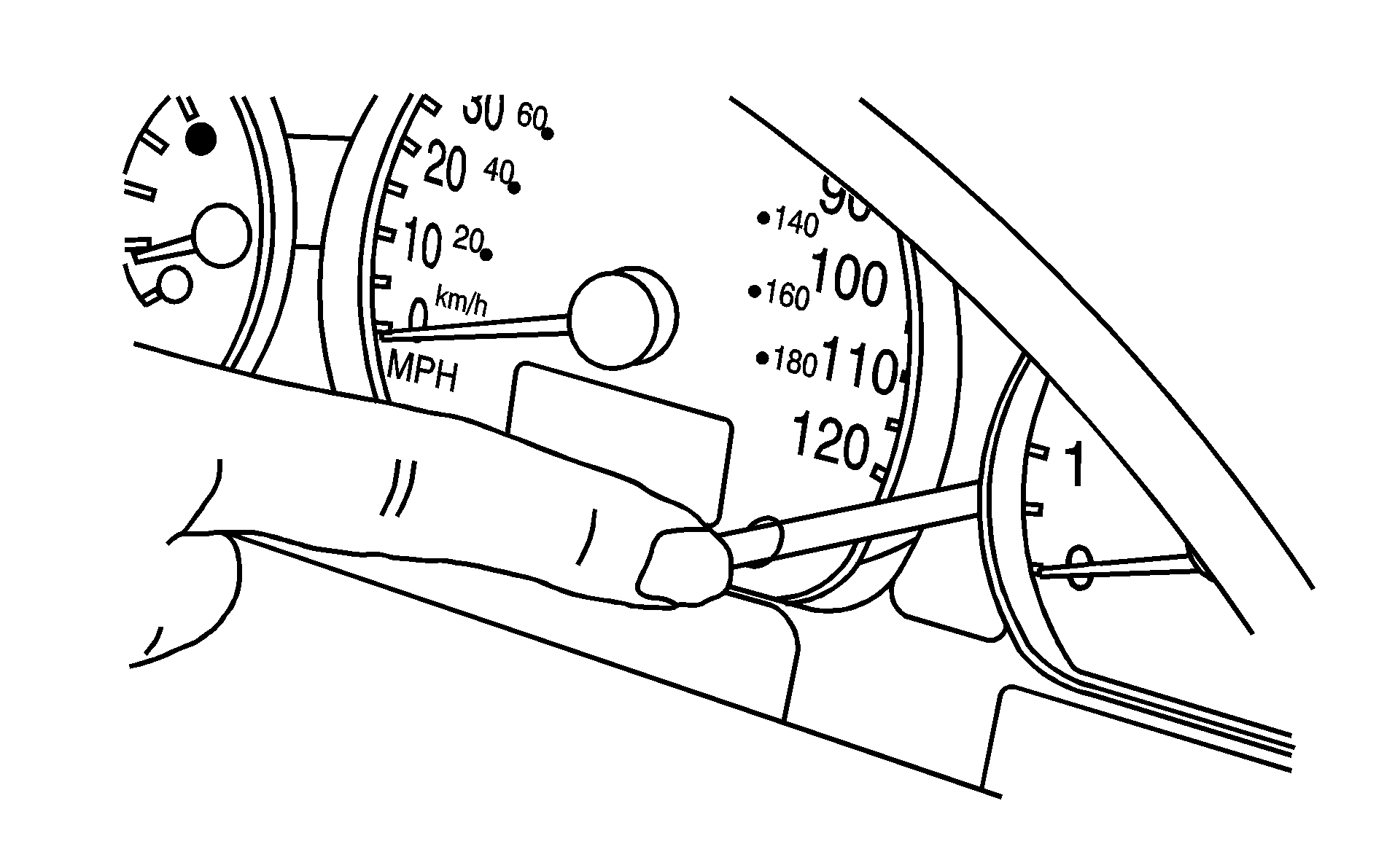
If the CHANGE OIL SOON light is flashing, the system is reset.
The light will flash up to 30 seconds or until the ignition is turn off. However, if the light comes on again and stays on for 30 seconds at the next ignition cycle, it did not reset. You'll need to reset the system again.
What to Do with Used Oil
Used engine oil contains certain elements that may be unhealthy for your skin and could even cause cancer. Do not let used oil stay on your skin for very long. Clean your skin and nails with soap and water, or a good hand cleaner. Wash or properly dispose of clothing or rags containing used engine oil. See the manufacturer's warnings about the use and disposal of oil products.
Used oil can be a threat to the environment. If you change your own oil, be sure to drain all the oil from the filter before disposal. Never dispose of oil by putting it in the trash, pouring it on the ground, into sewers, or into streams or bodies of water. Instead, recycle it by taking it to a place that collects used oil. If you have a problem properly disposing of your used oil, ask your retailer, a service station or a local recycling center for help.
